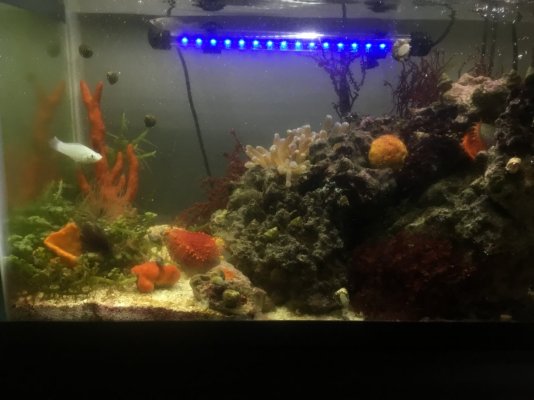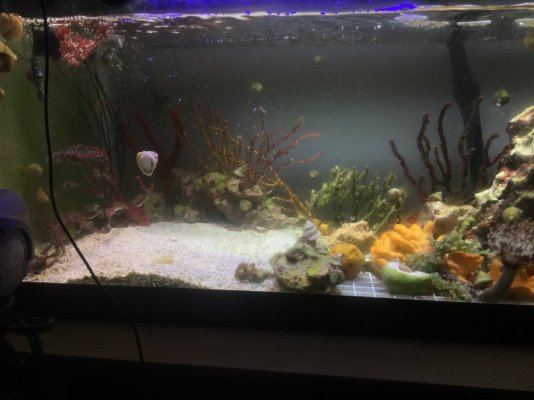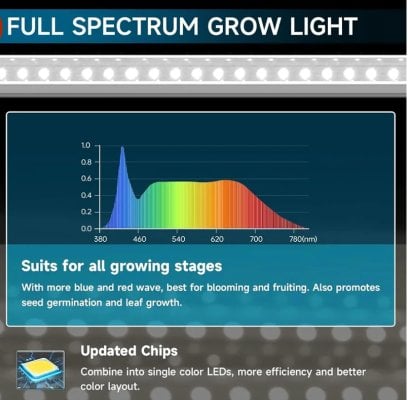I wanted to make my 60 gallon tank a planted macroalgae and connect it to my 210g which has a tessalata eel
I wanted to use a liquid fertilizer to dose infrequently since my eel only eats about every other week but the liquid fertilizer contains about 0.0032% of copper per ml
Will this be ok with my eel or should I not risk it and just get the brightwell chaeto grow which is about 3 times the price of this fertilizer
I wanted to use a liquid fertilizer to dose infrequently since my eel only eats about every other week but the liquid fertilizer contains about 0.0032% of copper per ml
Will this be ok with my eel or should I not risk it and just get the brightwell chaeto grow which is about 3 times the price of this fertilizer






















